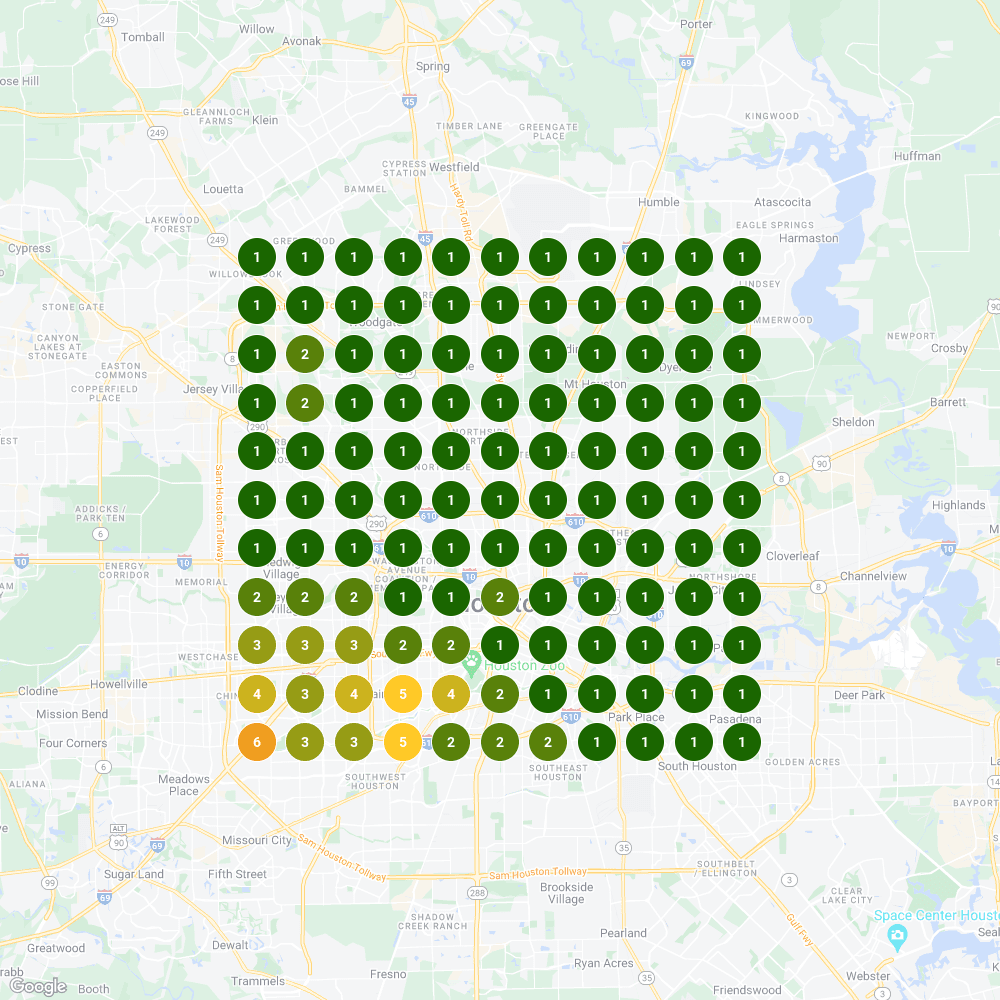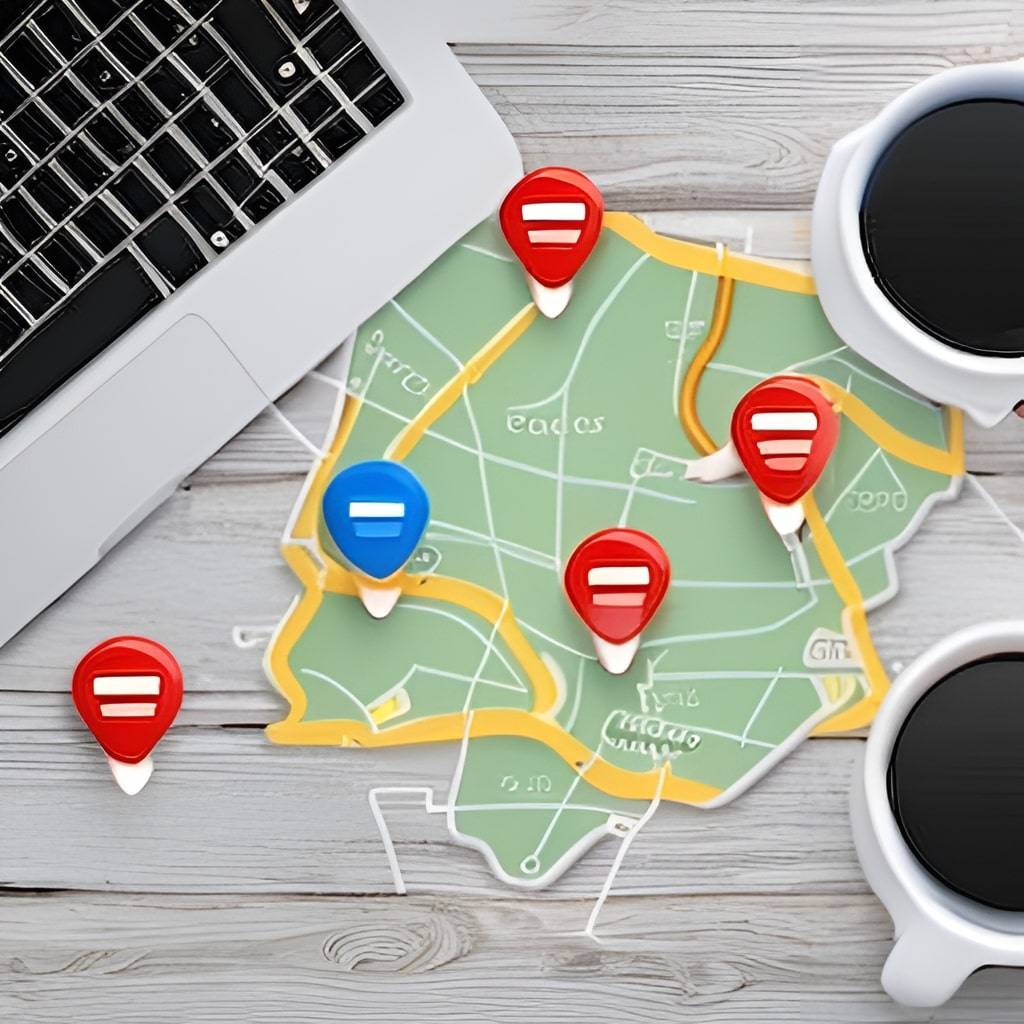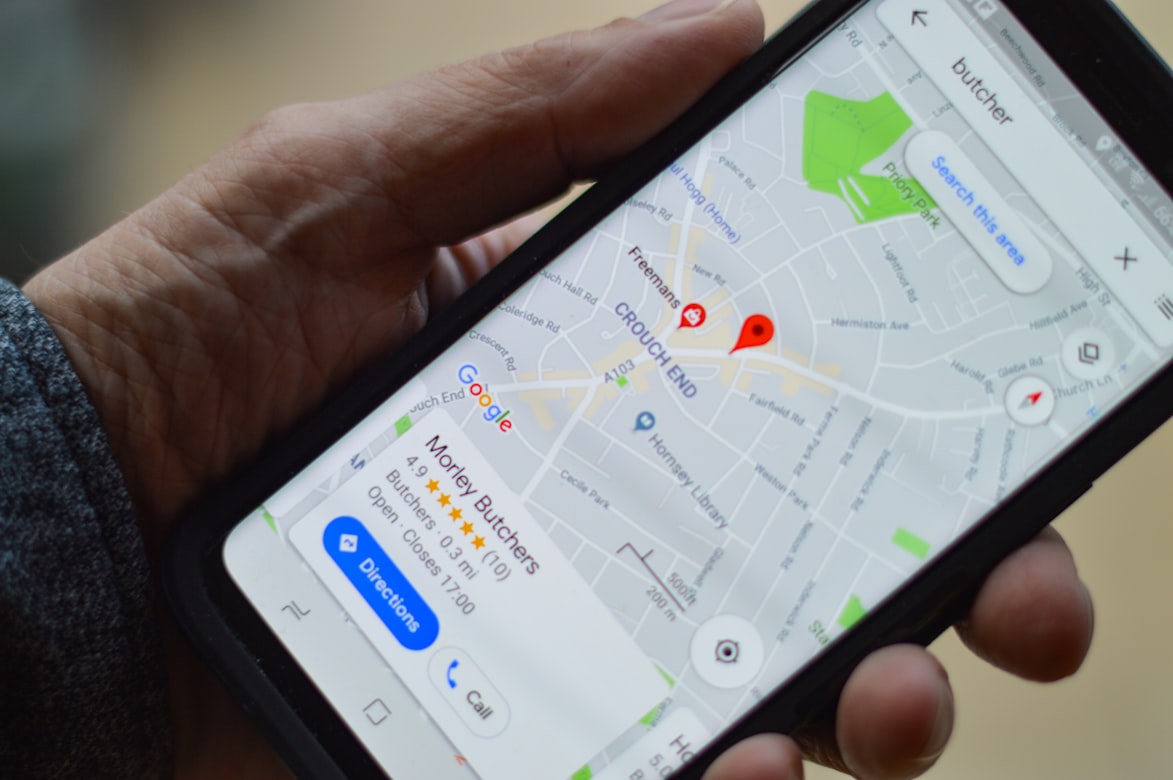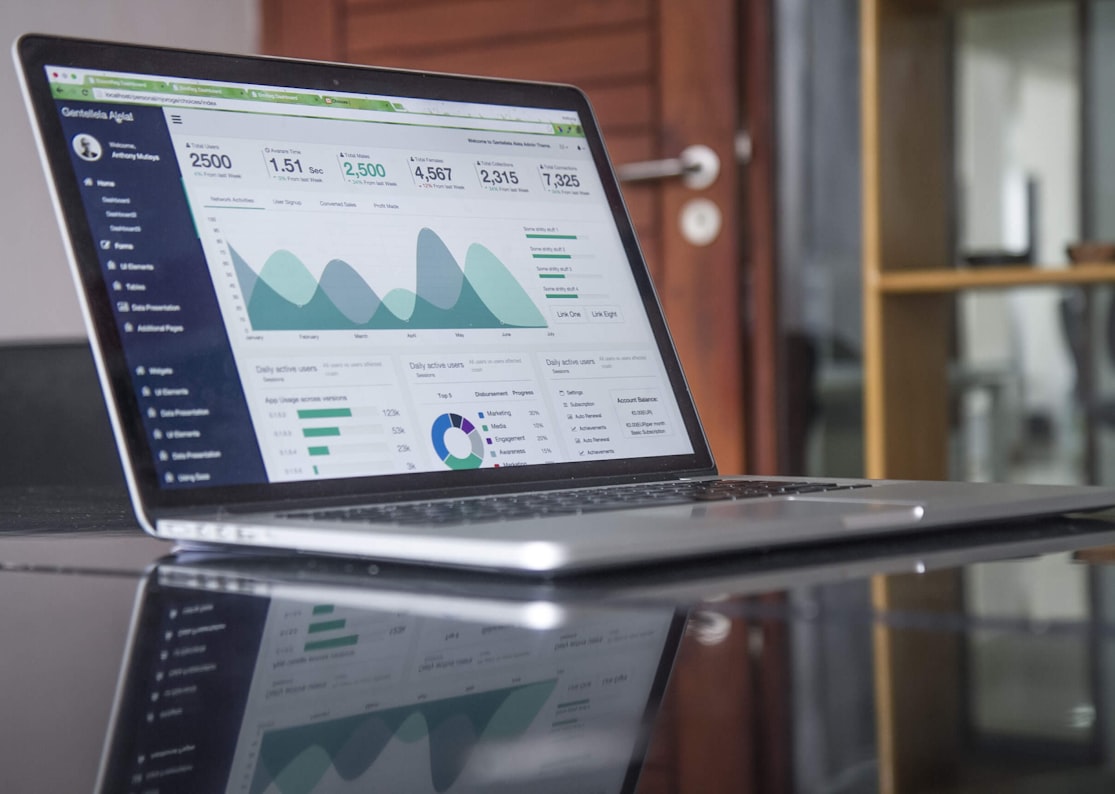
Local SEO is an important marketing tactic that helps customers find businesses based on their location. It’s especially important for brick-and-mortar businesses to ensure people searching can find them. While many marketers limit their local SEO optimization to maintaining a Google Business Profile, it’s crucial to leverage page optimizations for local organic SEO throughout your entire website. These optimizations provide other crucial signals to search engines that may improve your local rankings and help more potential customers find you.
Here are some essential on-page optimization tips to consider trying to improve your rankings in the local search results.
1. Make Sure Your NAP Is Consistent

Image via Flickr by Limelight Leads
It’s important to be consistent with your online presence, especially when displaying your business’ name, address, and phone number or NAP. Include this piece of information throughout your website, in your Google Business Profile, and on your social media accounts, and make sure to write the information the same way in each place. As bots and crawlers scan your various citations throughout the internet, this helps them create connections between them, improving your authority.
There are a few options for where to display your NAP on your website. Standard options may include a contact page and on each service page. However, it may also be useful to include it in your footer. Website visitors always see your footer regardless of the page they’re on, making it easy for them to find your NAP.
2. Spruce Up Your On-Page Content
Image via Unsplash by henry perks
Create content that both showcases your business’ strengths and services and signals to search engines that you and your website are local authorities. Follow SEO best practices for writing and updating your on-page content. For example, naturally incorporate keywords throughout the content, but avoid overusing them and creating potentially spammy content.
Pair the keywords with your location. This helps ping your website when users search for something near them, such as “florist near me.” Consider localizing content further by discussing local landmarks or why a certain service is important for residents of that location. It may also be useful to research the area and use jargon that residents may use.
Approach your content by thinking like a potential customer. Consider what they may search for, and use that to guide what you write. Ask yourself questions like whether they’re more likely to search a general city or specific neighborhoods when looking for services. Use this to guide how you refer to locations, and try to include related locations throughout your content naturally.
Let’s say there’s a dentist wanting to advertise their teeth whitening services in Houston. They may focus on targeting “teeth whitening in Houston” as their main keyword. However, they might also mention places in the greater Houston area that may want these local services on the same content page, such as “teeth whitening in The Woodlands” or “teeth whitening in Sugar Land.”
3. Optimize Header Tags
Optimize the header tags on your website. These tags guide your reader, help site crawlers understand the structure of your website, and provide you with another opportunity to use keywords naturally. Be sure to create relevant header tags without keyword stuffing.
4. Set Up Internal Linking
Use internal linking throughout your website to guide readers to other areas of your website that may interest them. One option that may help with on-page optimizations for local organic SEO is to use the names of locations as anchor text for these links. Each link may then go to a respective contact or location page.
5. Review the Local Business Schema
Schema markup refers to microdata on your website that helps search engines understand it. Local business schema specifically helps bots and crawlers understand more about your business, such as who you are, what you do, where you are, and why people trust you. It also provides you with control over your information, helping ensure accuracy and consistency with your online presence. Some things you may include in your local business schema include addresses, social media accounts, hours of operation, and information that may not live in on-page content on your website.
How Will I Know If This Is Working?
Once you develop and implement your local SEO strategy, it’s vital to monitor its success continually. This helps you identify opportunities for improvement and learn what’s working well. Here are some important tools you can use to monitor the success of your on-page optimizations for local organic SEO:
Local Search Results Tools
When evaluating the success of local SEO strategies, it’s essential for you to be able to view the actual SERP of the location. There are a variety of tools that allow you to mimic SERPs for targeted areas. Some of these tools include BrightLocal, Local Falcon, and Merkle.
Each of these tools offers unique features, but they allow you to establish the parameters for your search with a certain keyword and specific area. You’re also able to specify whether you want to view results from desktop or mobile searches, which may be especially helpful for assessing the success of your location-based content updates. Some tools also allow you to view your results on maps or be as specific as using ZIP codes in your searches.
Geo-Grid Local Ranking Tools
Image via Unsplash by Carlos Muza
Geo-Grid local ranking tools offer visual results when evaluating your local SEO performance. Tools like Local Falcon and Local Viking provide you with map results in a specific area and allow you to monitor the results over time. You can also schedule keyword-based scans that capture results automatically and store them for you to review. This is helpful for gathering comprehensive data and assessing specific aspects of your local SEO optimizations, such as your title tags and content.
Google Business Profile Analytics
Be sure to check your Google Business Profile analytics often. Successful optimizations should affect your metrics positively, such as improving calls, requests for directions, or click-throughs to your website. These changes in traffic suggest an improvement in visibility, which may show Google your website is authoritative, helping it continue to move up the rankings.
Implementing these on-page optimizations for local organic SEO might help you better connect with your customers. They may position your company as an expert, motivating more people to choose you during their search. As a result, both you and your customers can win, making local SEO an essential part of any SEO strategy.



